Valley Transportation Summit Solidifies Support of CSUN Transportation Priorities
Los Angeles Mayor Eric Garcetti and other elected officials joined university administrators on Thursday, March 3, in a discussion aimed at improving public transit access to California State University, Northridge and the surrounding community.
The Valley Transportation Summit, held in the Grand Salon in CSUN’s University Student Union, brought together local officials, a representative from Metro Los Angeles and CSUN administrators to talk about the university’s proposal to better serve the transportation needs of CSUN’s nearly 50,000 students, faculty and staff. Attendees of the meeting also included CSUN community members and other Valley stakeholders.
“It is critical for us to have a public transportation infrastructure that provides access to CSUN, not only for those who are attending or working on campus, but for the community as a whole,” said CSUN President Dianne F. Harrison. “By maximizing our public transportation potential, we will help ease traffic congestion and parking issues surrounding the university and beyond.”
The summit was the second in a series organized by state Sen. Bob Hertzberg to discuss San Fernando Valley transportation needs and how ballot measure R2, slated for the November ballot, will allow for community improvements. According to former Los Angeles County Supervisor Zev Yaroslavsky, the proposed ballot measure would extend the expiring measure R, raising between $100 billion and $120 billion to be used on transportation needs countywide. Additionally, the measure includes a proposed half-percent sales tax.
“No part of the county should be denied its fair share,” Garcetti said. “Tonight, I want you to hear loud and clear, that means the San Fernando Valley.”
Garcetti expressed his support for the addition of bus rapid transit (BRT) to CSUN, saying he would “drive dollars and drive lines” to the campus.
CSUN’s transit priorities rely heavily on the addition of these lines. Campus officials have proposed establishing BRT service from campus to the proposed East Valley Transit Corridor rail system via Nordhoff Street; providing BRT service between the Orange Line and the campus along Reseda Boulevard; expanding the capacity of the CSUN Transit Center on campus; and relocating the Northridge Metrolink station slightly east to Reseda Boulevard at Parthenia Street.
Taking part in the summit discussion were Garcetti, Hertzberg, Los Angeles City Councilman Mitch Englander, Yaroslavsky, Los Angeles City Planning Commissioner Richard Katz, Valley Industry and Commerce Association President Stuart Waldman and Metro Los Angeles’ Deputy Chief Executive Officer Stephanie Wiggins. Joining Harrison in representing CSUN’s interests were Vice President for Administration and Finance and CFO Colin Donahue and Associated Students President Jorge Reyes.
Wiggins said she was moved by Harrison’s passion for her campus at the first Valley transportation meeting, and immediately began looking for changes to benefit CSUN. Within the past month, Metro has launched feasibility studies into ways to improve the Orange line, including separating the line from traffic to improve speeds. Metro also has committed to a new schedule for CSUN-connected bus service beginning in June, aligning bus access with class schedules — to improve transportation after evening classes — and providing “Next Bus” information. The agency hopes this information will eliminate long wait times for students.
“That’s what we did in four months,” said Wiggins. “What could we do in 40 years?”
Metro is working on streamlining access to discounted passes for college students, decreasing the wait time for passes and allowing students to load fares on campus.
“There are issues where our students have to give up job opportunities or internship opportunities” because of the campus’ lack of transportation options, Reyes said.
“We are talking about educating the future leaders of the region, not just the Valley but Los Angeles, California and the nation,” said Harrison, highlighting the university’s commitment to student success. “We have to be able to provide accessible education to our students.”

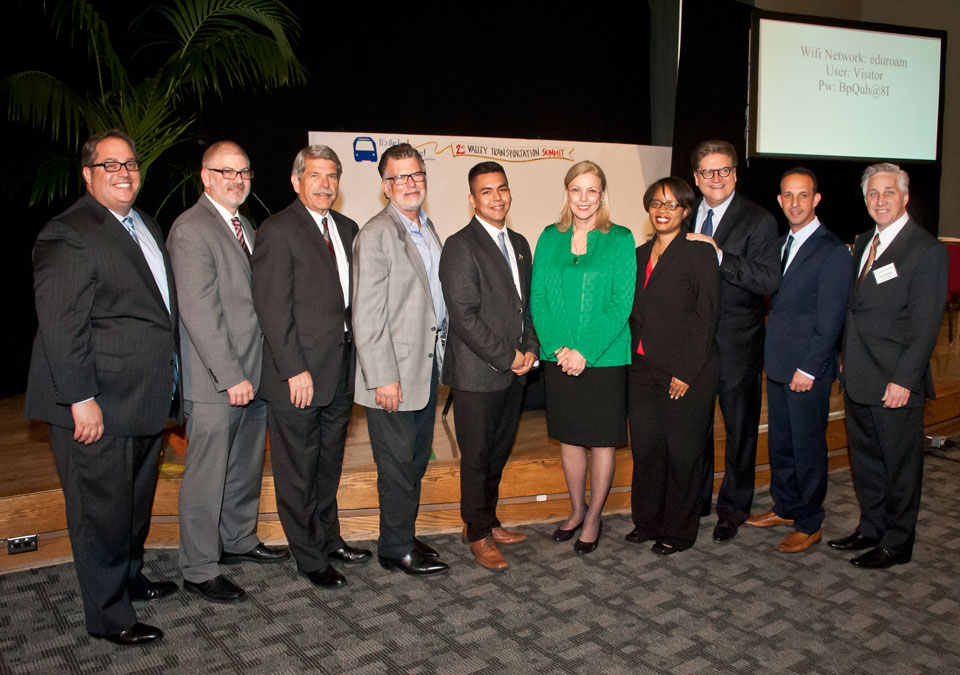
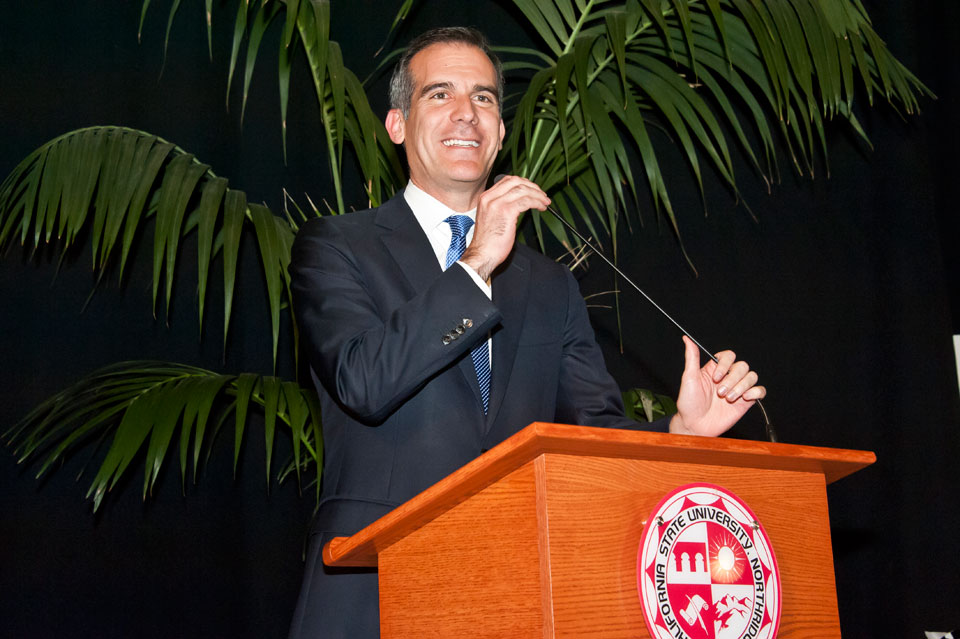
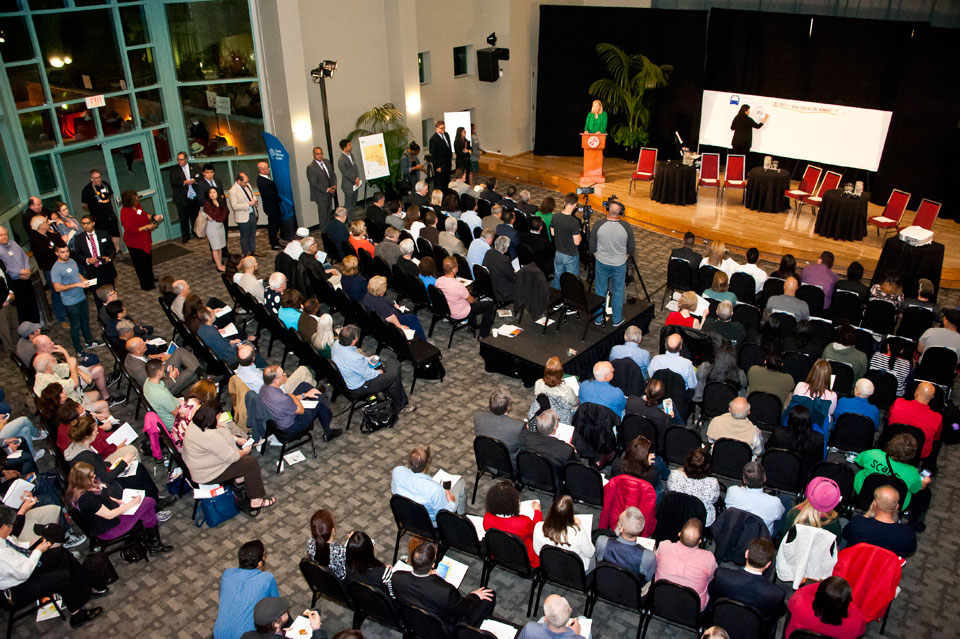

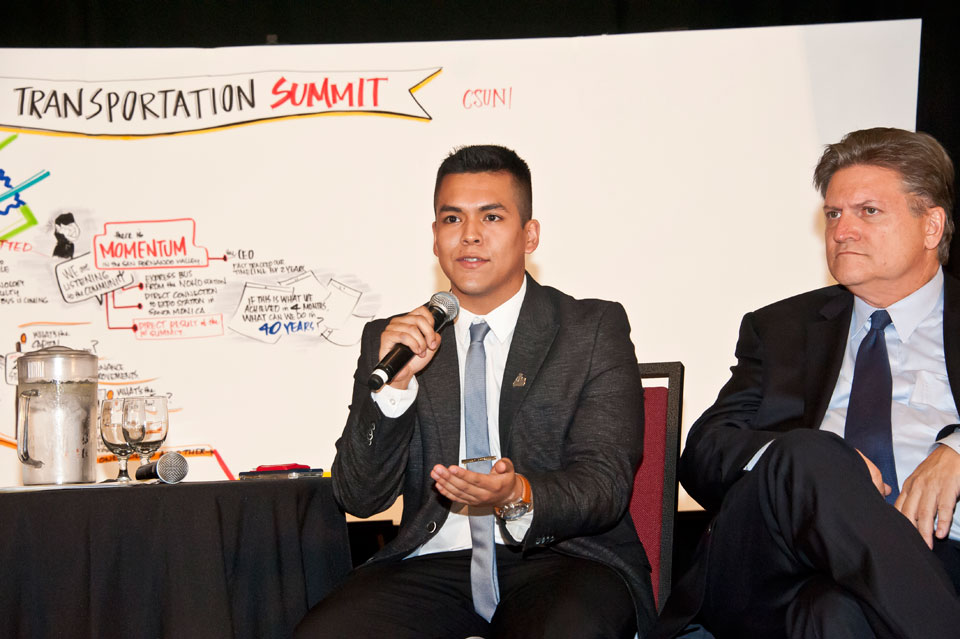
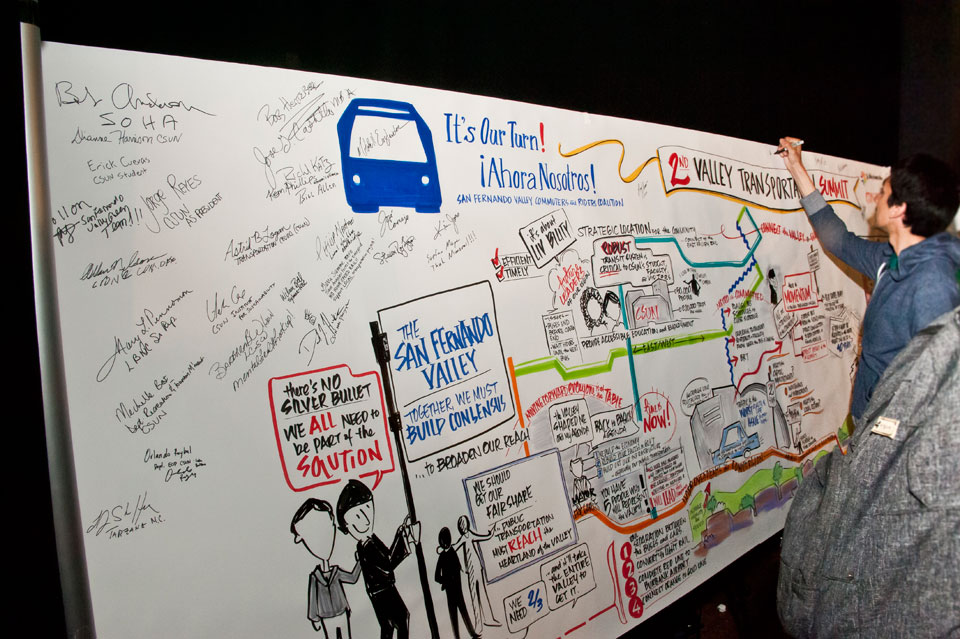
 experience
experience